Fiido C21 review: electric fun on a dime
Fiido-ling around on this affordable e-bike is a shockingly fun experience

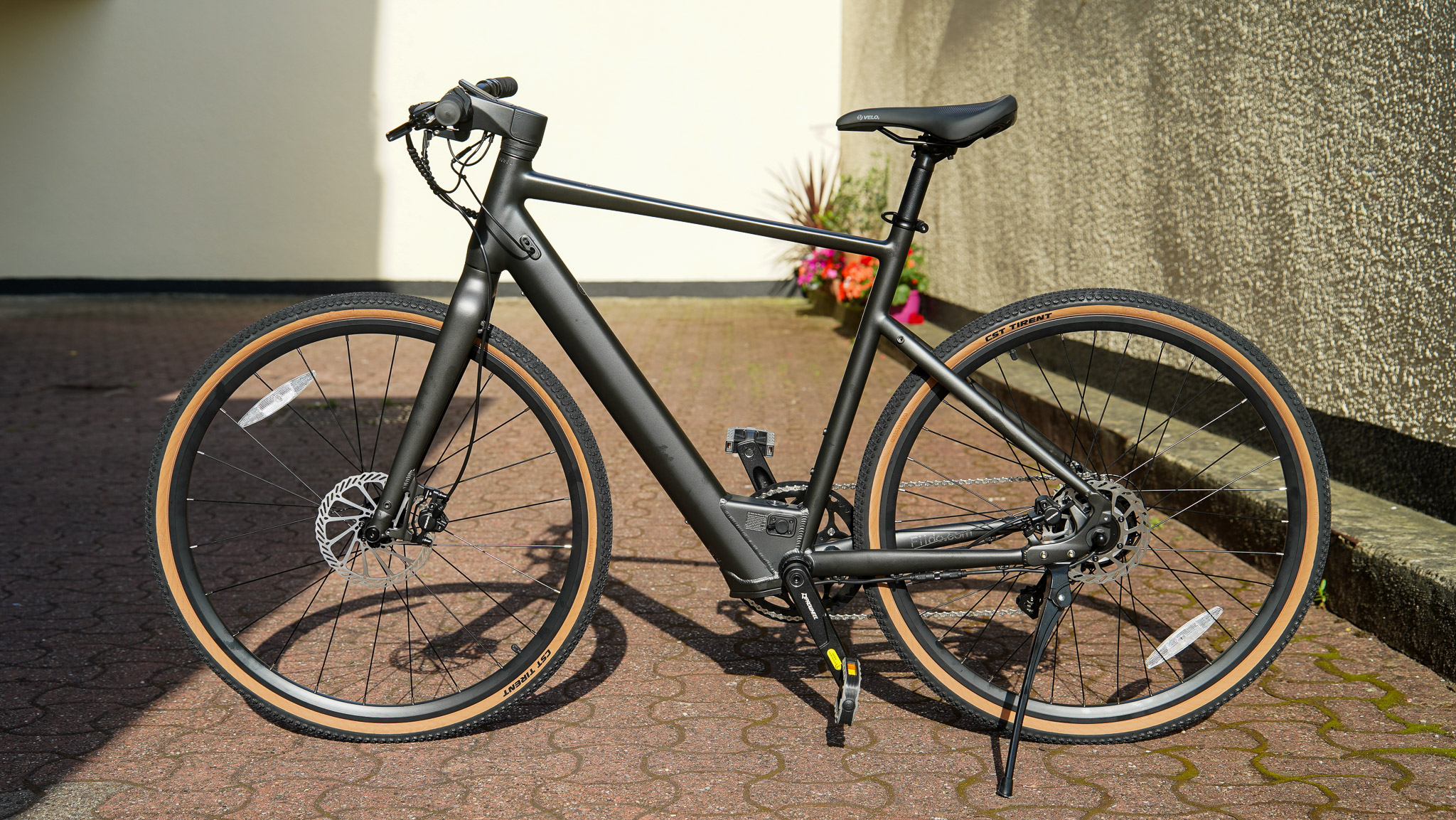

The Fiido C21 is an affordable, lightweight e-bike that offers great value for its price. While it has a few minor quirks, it handles well and delivers a fun, no-fuss riding experience. Ideal for budget-conscious commuters and students, it's a solid choice for casual rides and everyday use.
-
+
Lightweight aluminium chassis
-
+
Excellent value for money
-
+
Looks inconspicuous enough to deter thieves
-
+
Display is visible in all light conditions
-
-
Some features only work with a Fiido smartwatch
-
-
Battery is non-removable
-
-
Components are far from premium quality
-
-
Rear lights aren’t integrated into the system
-
-
Horn is ridiculously overpowered
Why you can trust T3

Electric bikes are getting more accessible, both in terms of price and features. Yesteryear’s bulky assisted bicycles have been replaced by lightweight, agile numbers that look almost like ‘normal’ pushbikes.
Fiido’s C21 gravel e-bike is one of these affordable, nimble models that look distinctively like a standard bike yet offer a segue to the sweet life of electrically assisted cycling. It’s a lovely little bike that, even though it cuts some corners, manages to provide a fun riding experience.
As such, the Fiido C21 is one of the best electric bikes for university students and riders on a shoestring budget. Better still, it looks pretty inconspicuous, which is great if you have to leave it chained on the street or around the uni campus.
Read my full Fiido C21 review below to find out more about this lovely little two-wheeler.
Fiido C21 review
Price and availability
The Fiido C21 was launched in 2023 and is now available to buy at Fiido US and Fiido UK for a recommended price of $1,599/ £1,635. The bike is usually sold at a discounted price, which usually hovers around $999/ £1,090. AU price and availability TBC.
The bike has a step-through version called Fiido C22, which has the same specs apart from the geometry. The C21 comes in two frame sizes, medium and large. I tested the large version.
Specifications
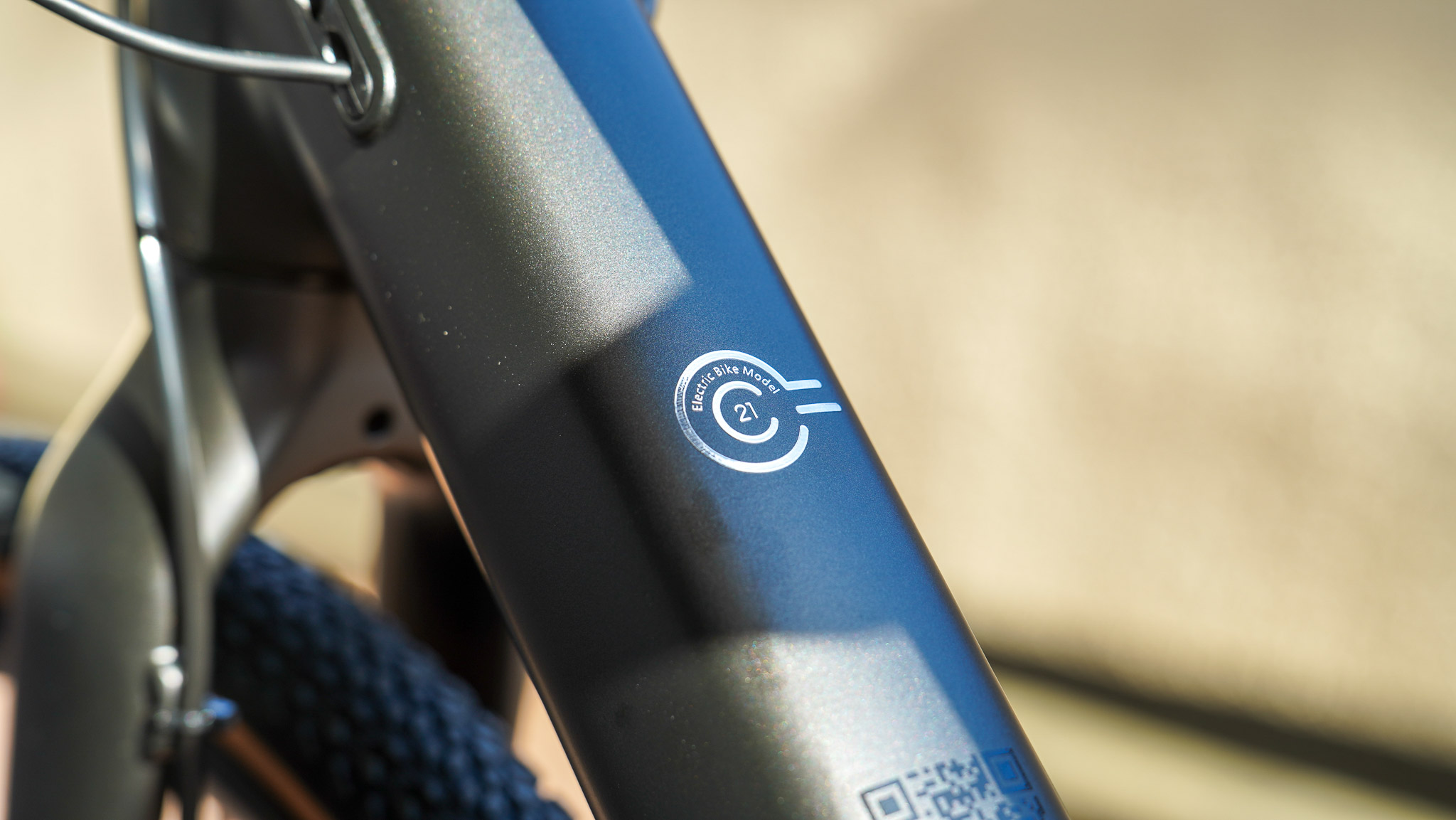
- Weight: 18kg/ 39.7Ibs (large frame)/ 17.5kg/ 38.6Ibs (medium frame)
- Range: up to 49.7mi (80km)
- Charging time: fully charged in 3 hours
- Gears: 9
- Power assist modes: 5
- Max user weight: 120 kg
- Power: 250W
Design and build quality
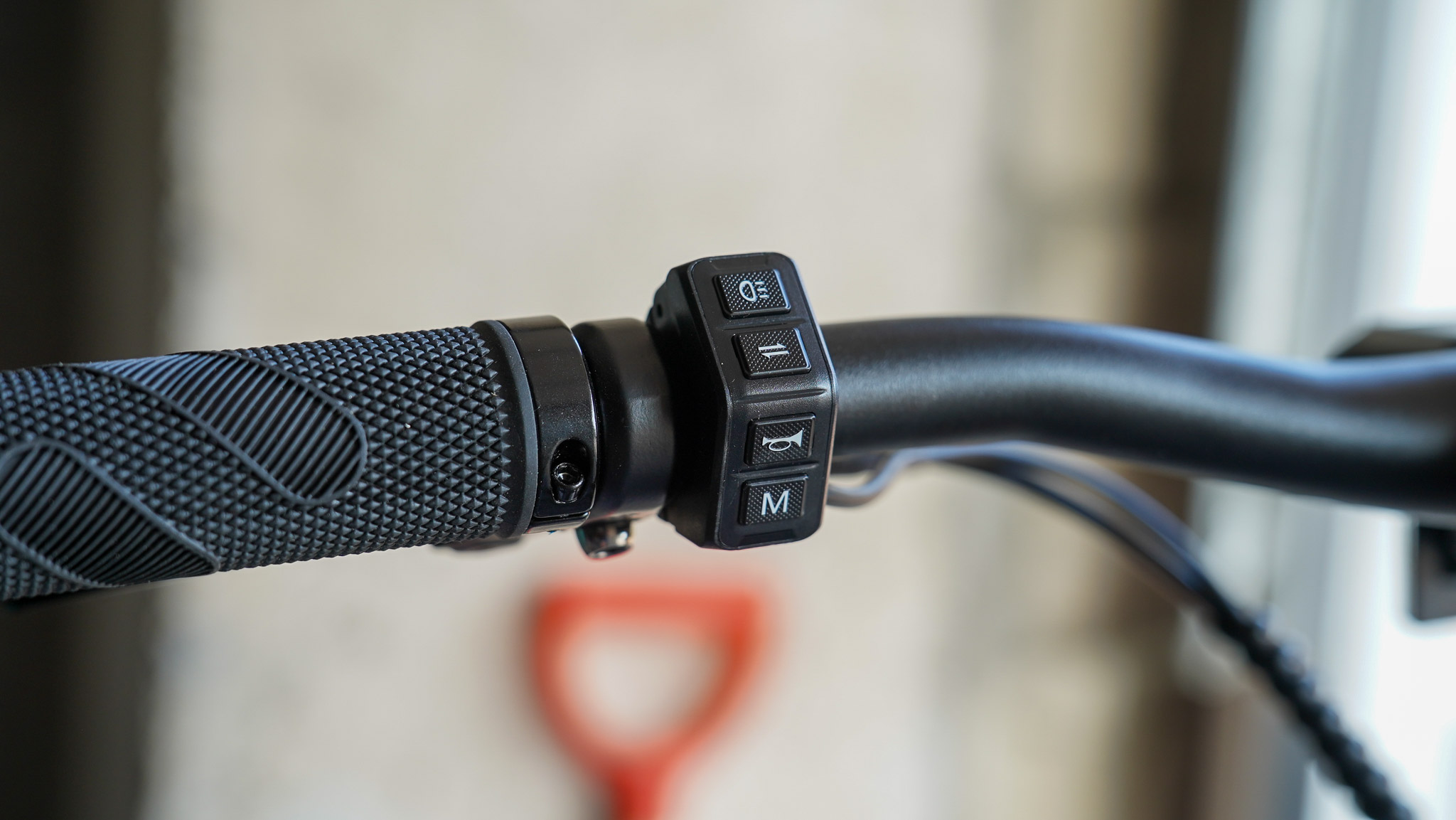
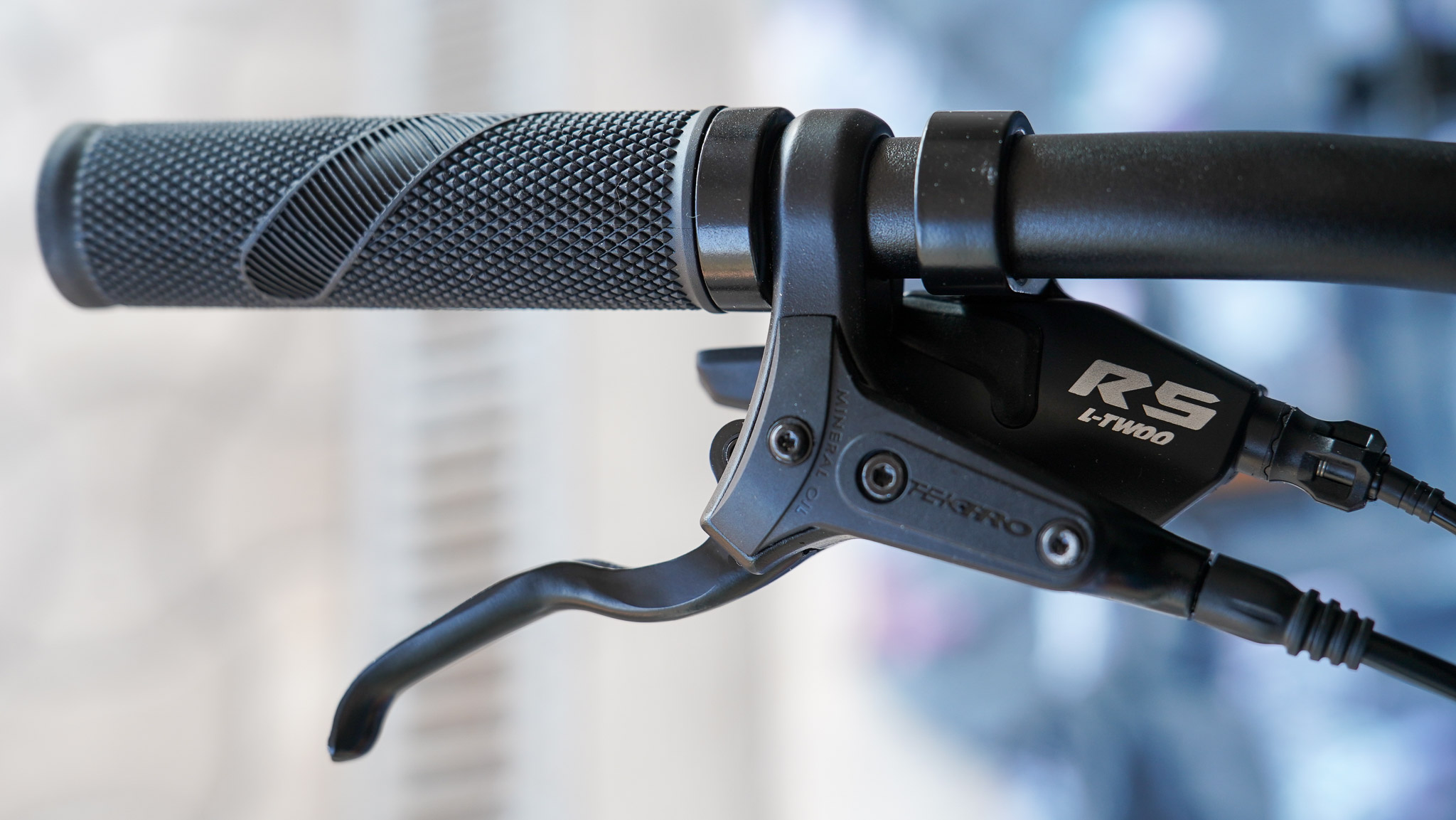
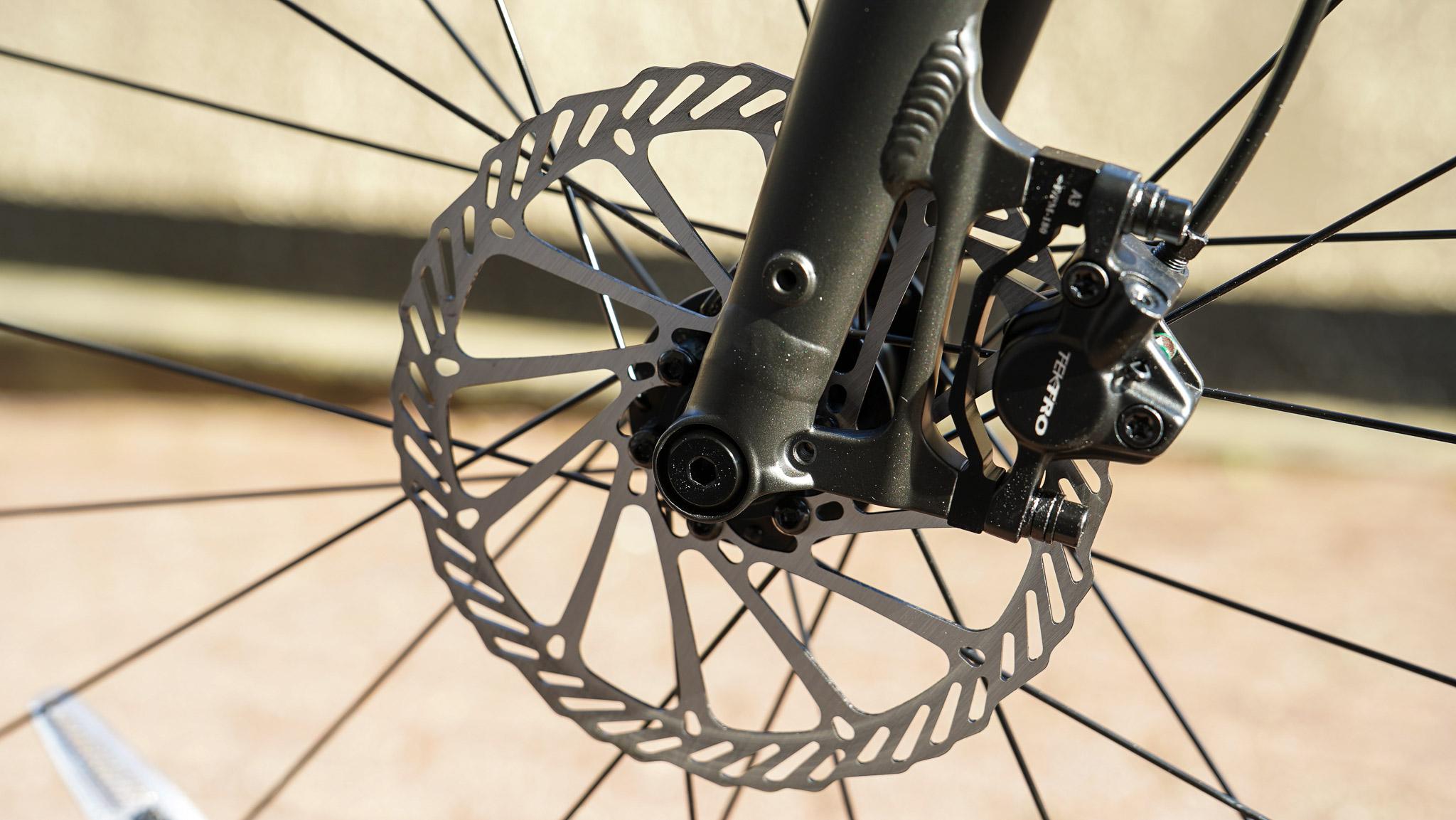
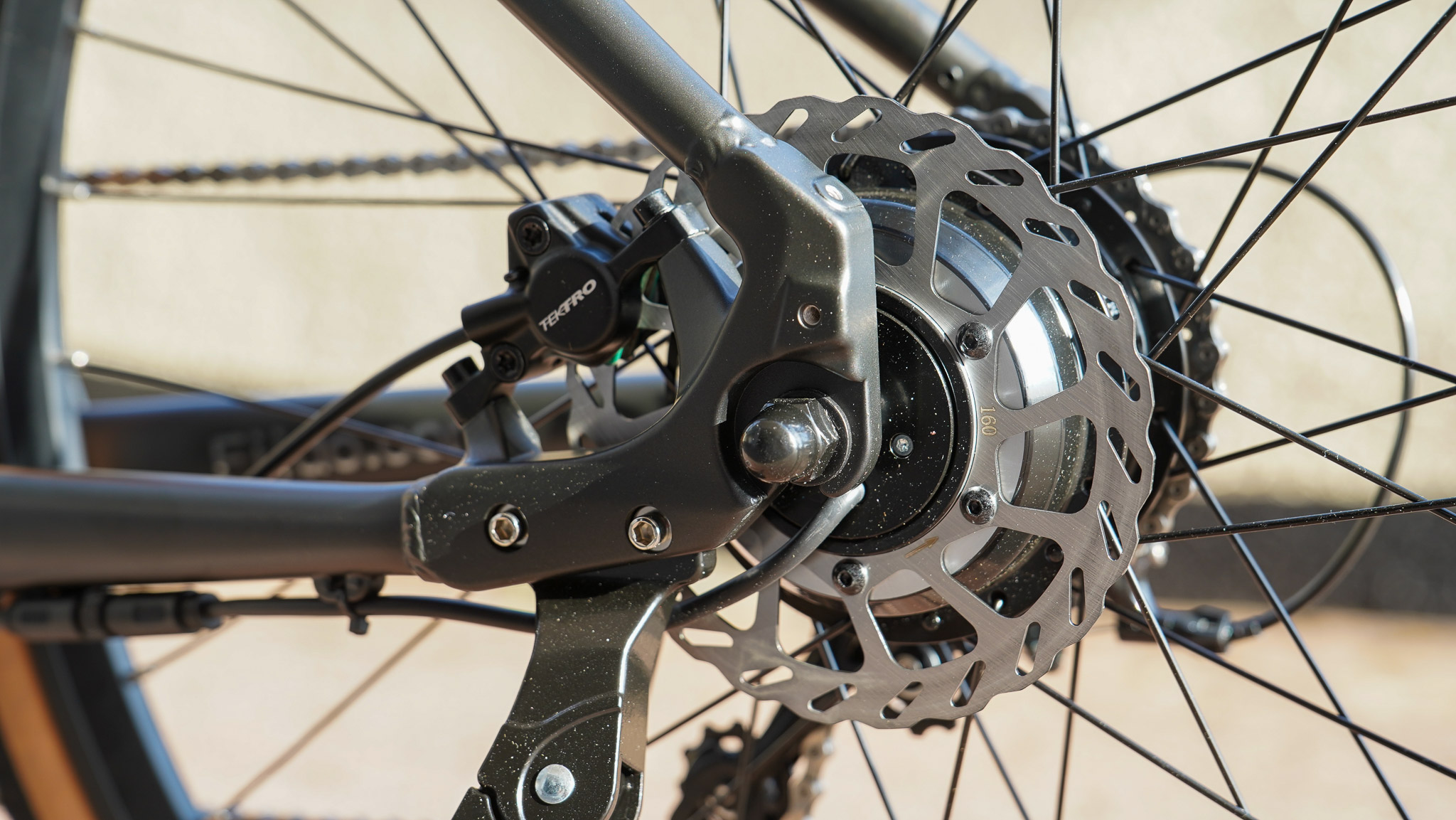
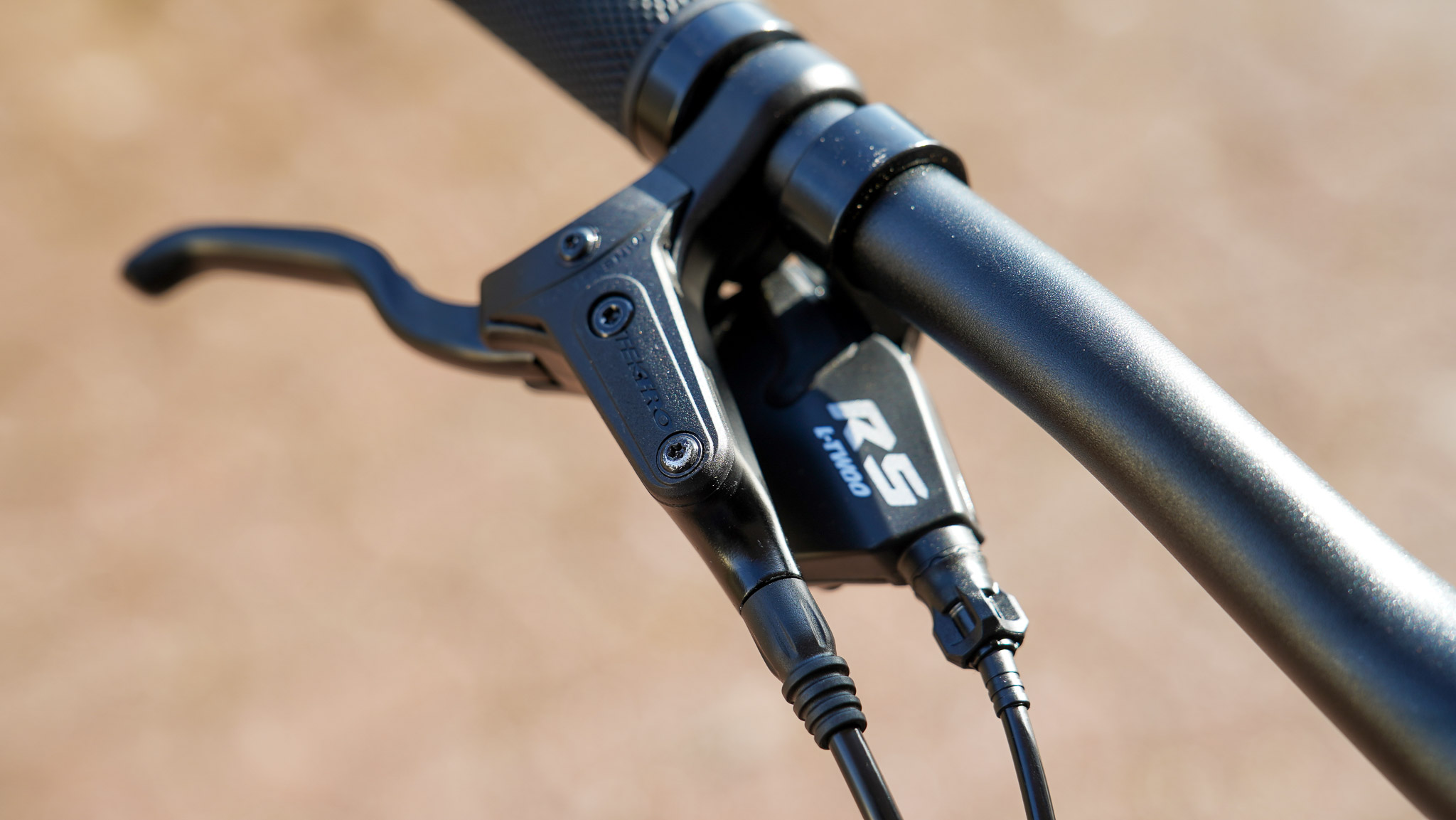
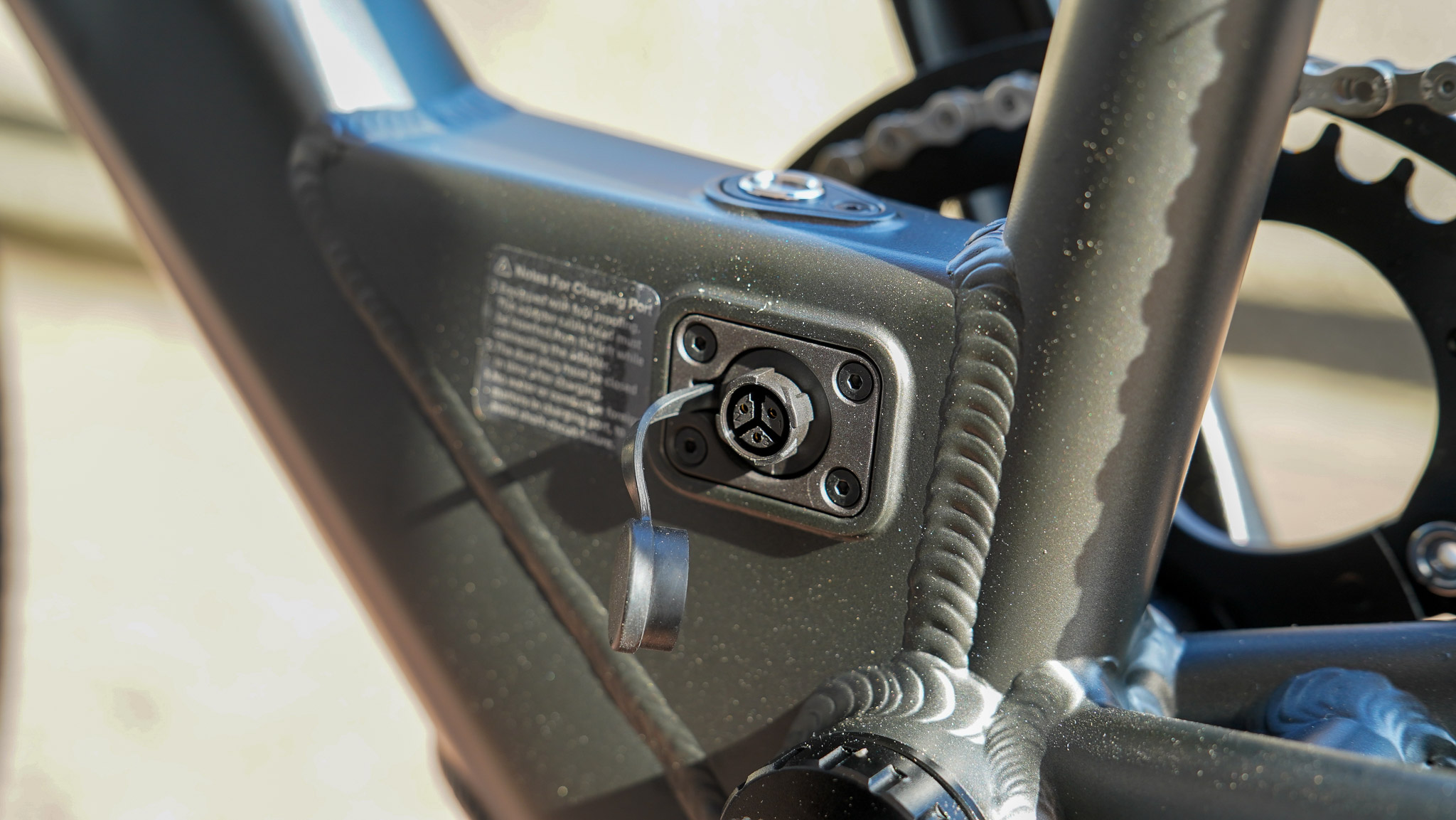
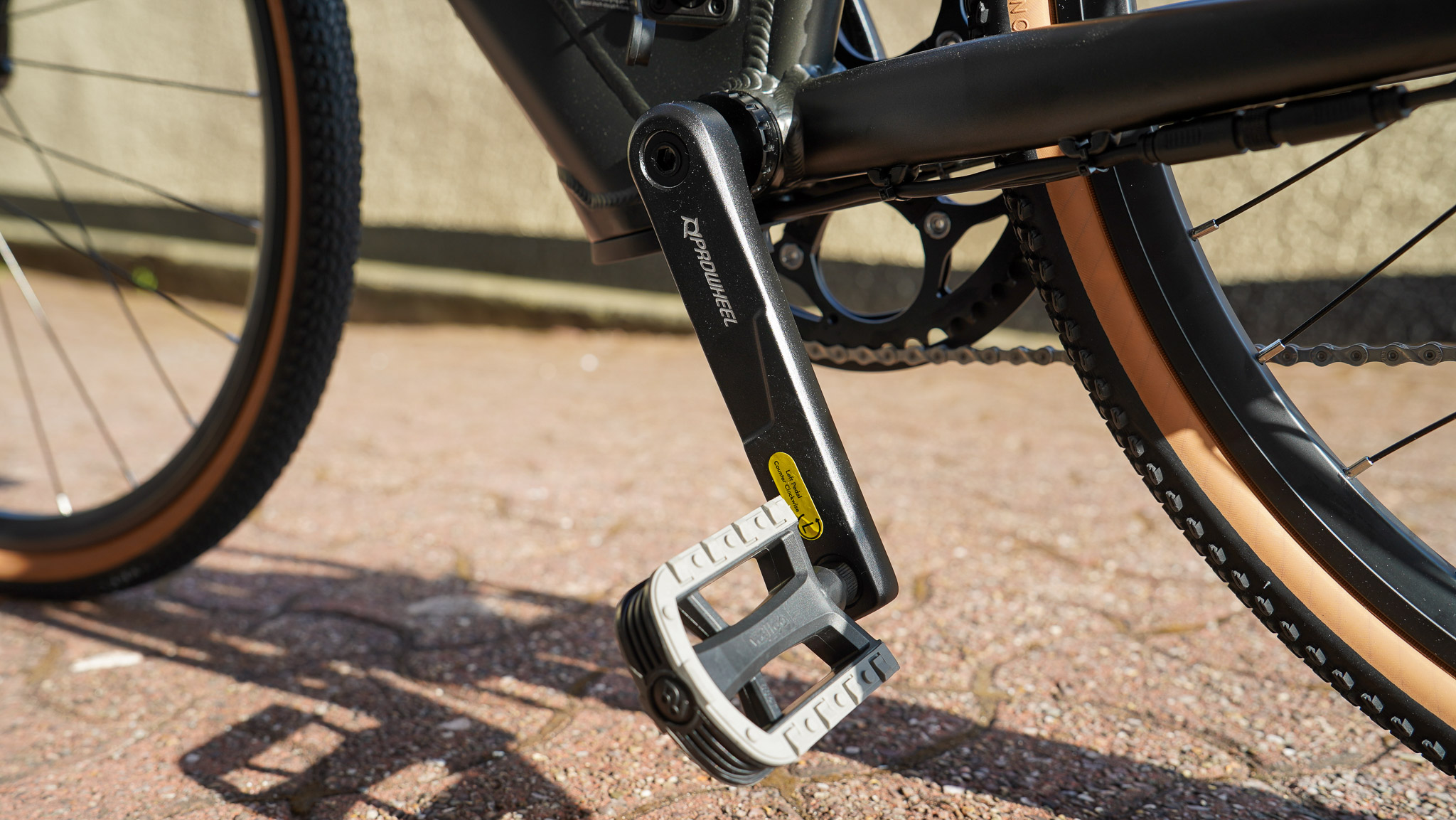
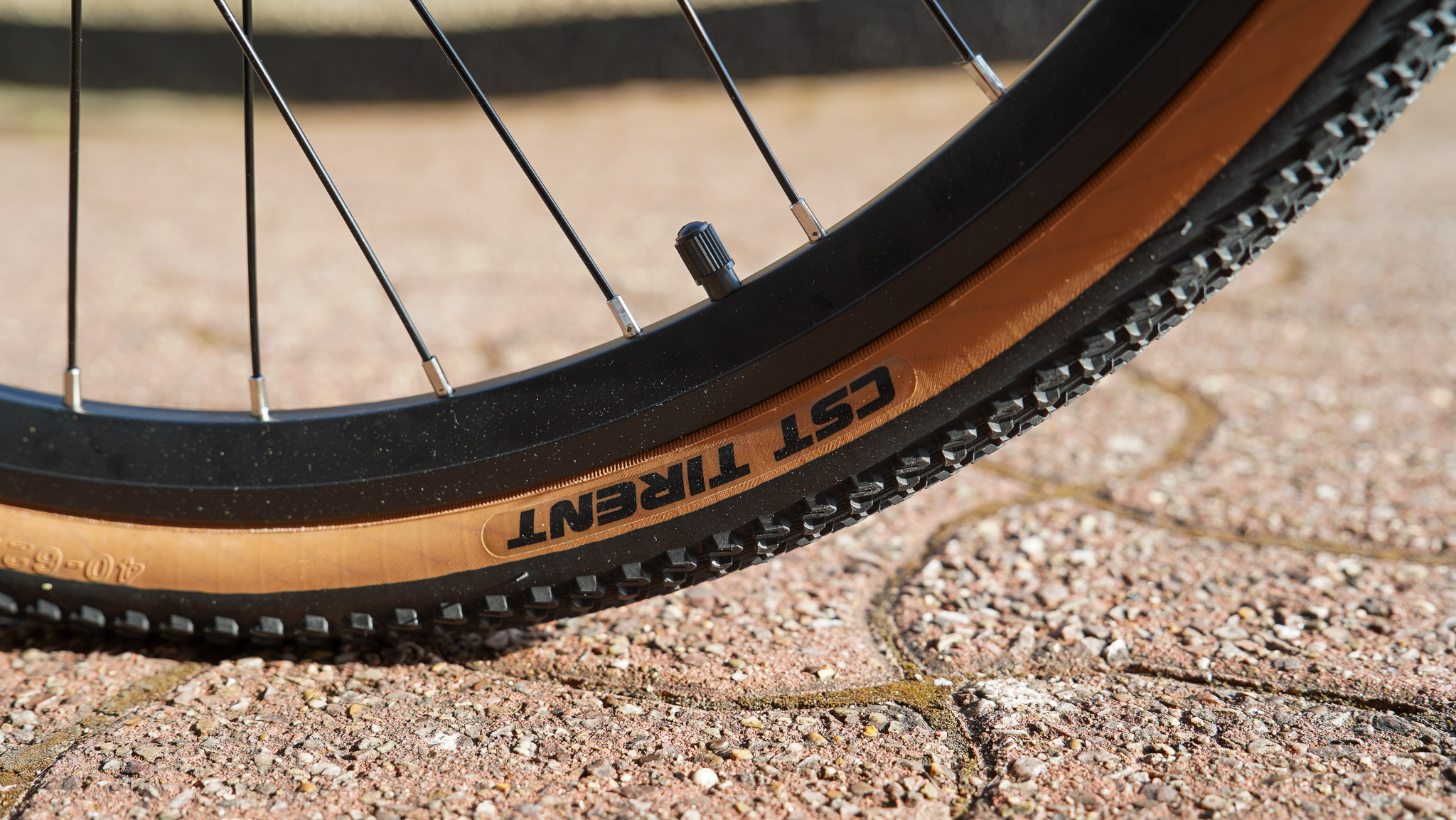
The Fiido C21 features a 700C aluminium alloy frame, complemented by an aluminium thru-axle fork and an aluminium bearing headset. This results in a lightweight, streamlined design that closely resembles a traditional gravel bike.
Get all the latest news, reviews, deals and buying guides on gorgeous tech, home and active products from the T3 experts
The 208.8Wh battery is seamlessly integrated into the frame and is activated by a button positioned at the junction where the chainstay, seat tube, and down tube meet. This placement initially caused some confusion when I attempted to power on the head unit, forgetting to first engage the battery.
The battery is non-removable, necessitating on-bike charging, which, while a minor inconvenience, could be improved. Additionally, I have some reservations about the battery button's upward-facing orientation, as it might accumulate rainwater. Although I have yet to ride the C21 in wet conditions, this is something worth noting.
The bike is equipped with a Mivice motor, featuring a built-in torque sensor that delivers power with impressive smoothness. This rear hub motor, rated IP67, provides a maximum output of 250W, aligning with the standard for most electric bike motors. It efficiently assists the rider, offering a balanced and responsive riding experience.
The IPS display is clear and user-friendly, operated via push buttons beneath the screen. You can toggle between different views using the ‘M’ button and switch assist modes with the arrow buttons. A remote control on the carbon fibre handlebar mirrors these functions, allowing for easy adjustments with just a thumb press.
This is also where the horn button is located. While I appreciate the inclusion of a built-in horn, its sound is reminiscent of an emergency vehicle siren, which has led me to use it sparingly to avoid startling other riders and pedestrians.
The Fiido C21 comes with an integrated front light that, although basic, performs adequately and can be controlled through the aforementioned remote. Additionally, a rear light is provided, though it is not integrated into the bike and requires manual operation. Charging the rear light separately via USB-C adds a small inconvenience, as does the potential for forgetting it at home, which I have experienced on a few occasions.
The bike is equipped with TEKTRO disc brakes, both front and rear, which offer ample stopping power for such a lightweight model. With nine gears available, the C21 is well-suited to tackling hills with ease. The 700C wheels are outfitted with gravel tyres, further enhancing its versatility and performance across varied terrains.
Setup
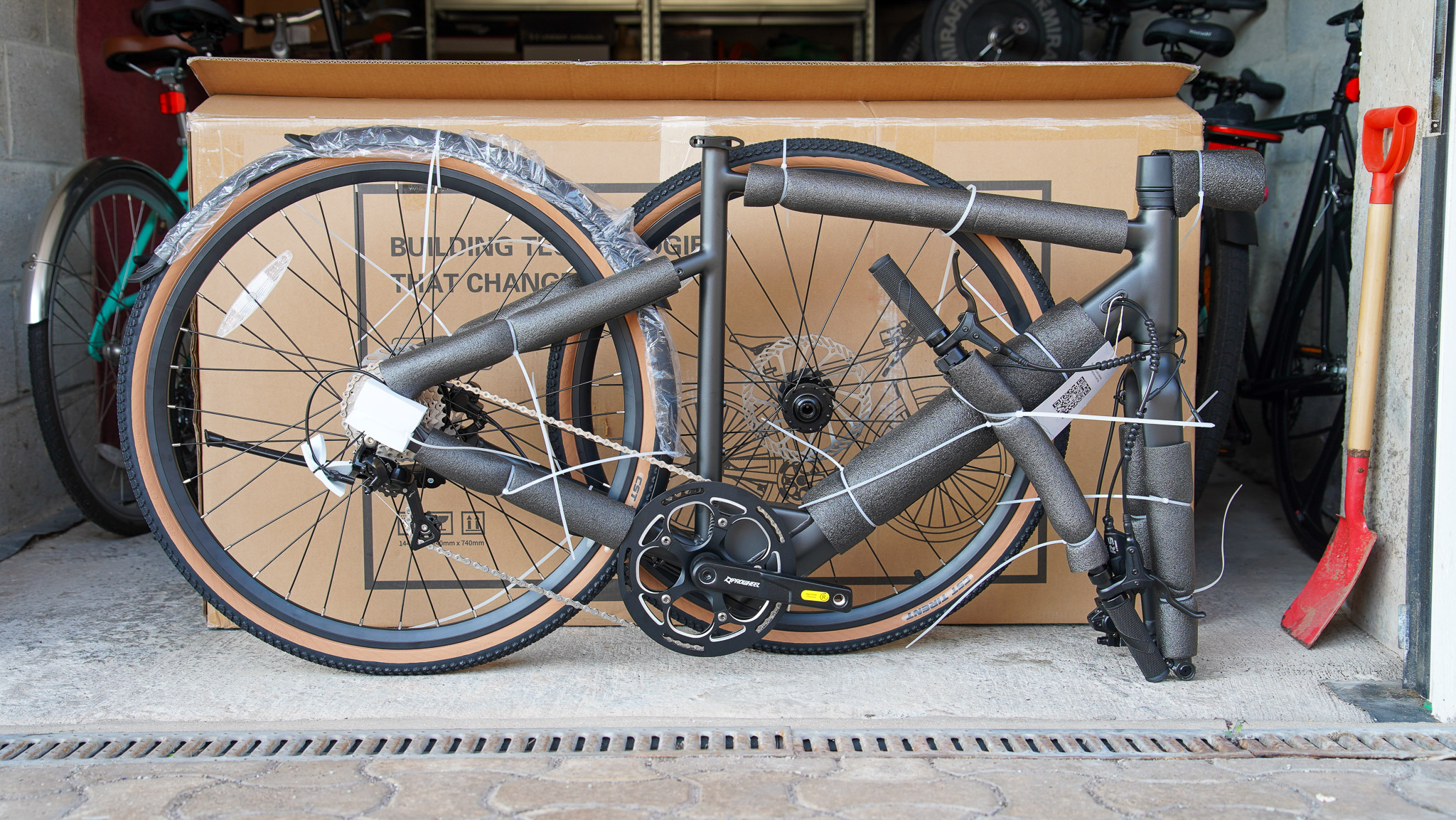
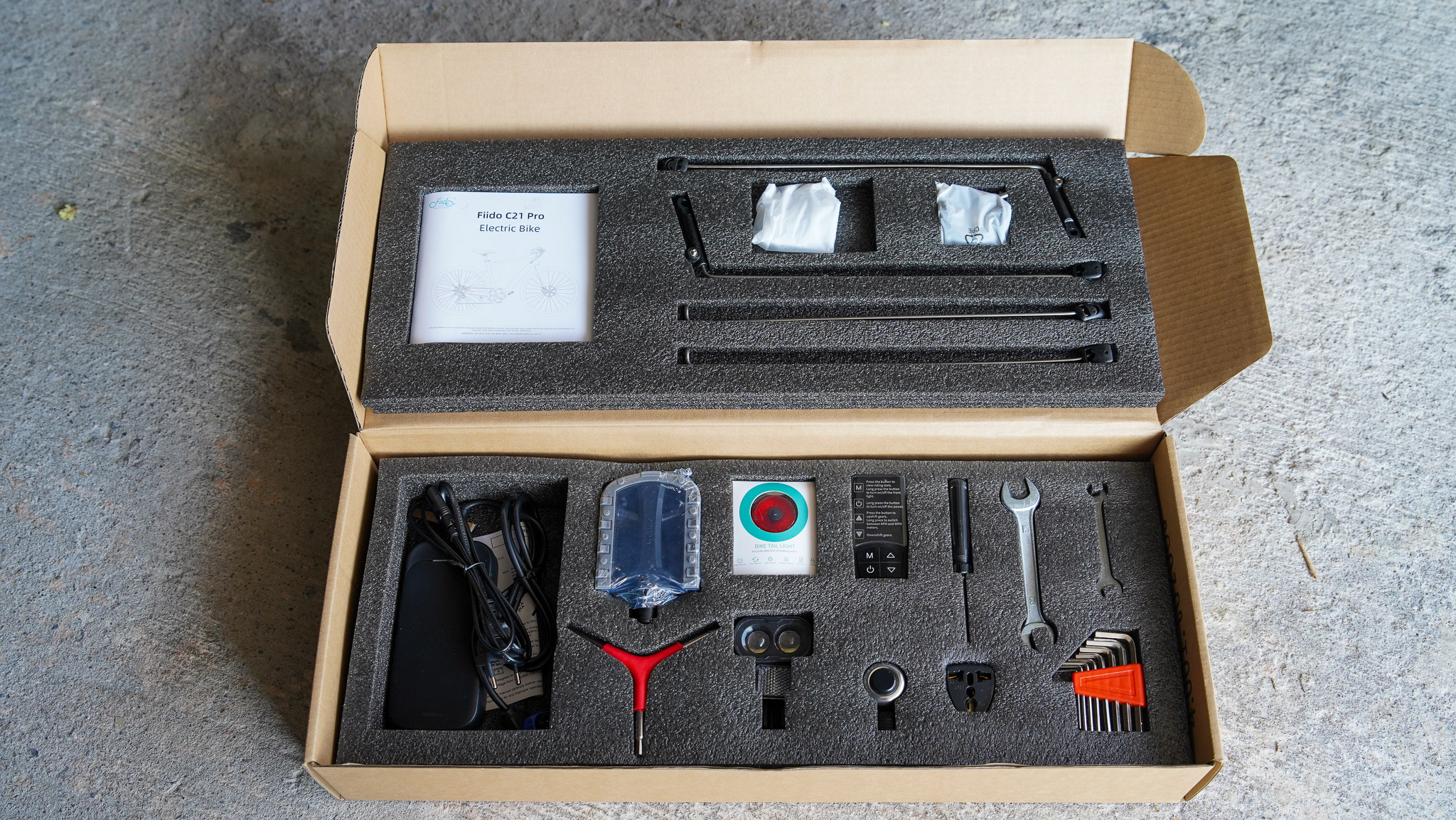
The bike arrives partially preassembled, requiring you to attach the front wheel, seatpost and seat, handlebar, fenders, pedals, headlight, and head unit. Inside the main box, a smaller, well-organised box contains all the necessary accessories and tools for assembly.
It took me about 30 to 45 minutes to fully assemble the Fiido C21. The most challenging part was securing the head unit, as it proved difficult to tighten the screw sufficiently to prevent it from wobbling in its cradle. After some adjustments and cable management, I was able to secure it reasonably well.
As I noted in my Himiway A7 Pro review, budget manufacturers often overlook the importance of thoughtful packaging. While I appreciate the organised layout of the smaller box, the bike itself is wrapped in a significant amount of non-recyclable materials. It would be fantastic to see these boxes designed more sustainably, similar to how the Zwift Ride is packaged. That would be a considerable improvement.
Connectivity/ The Fiido app
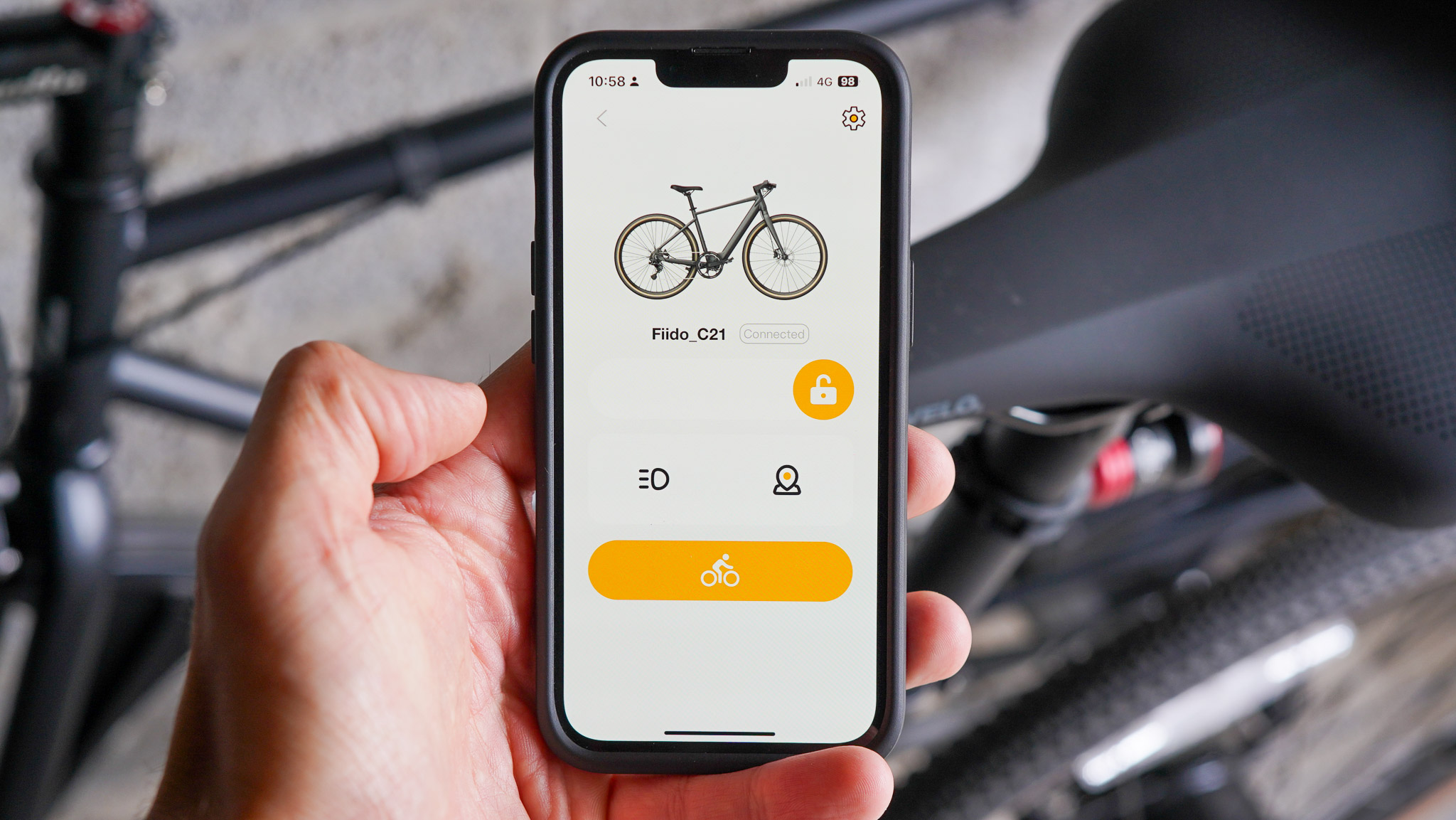
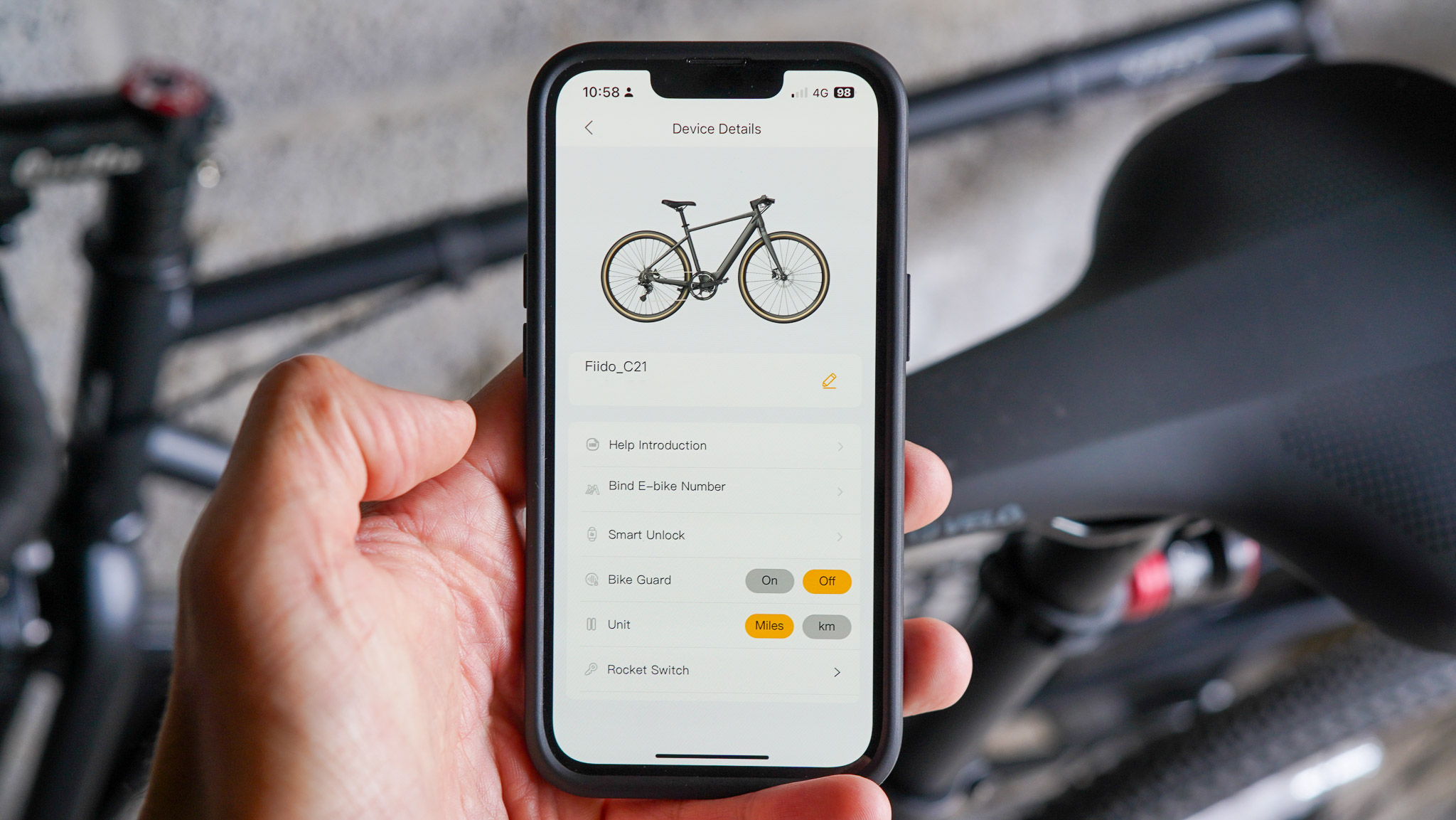
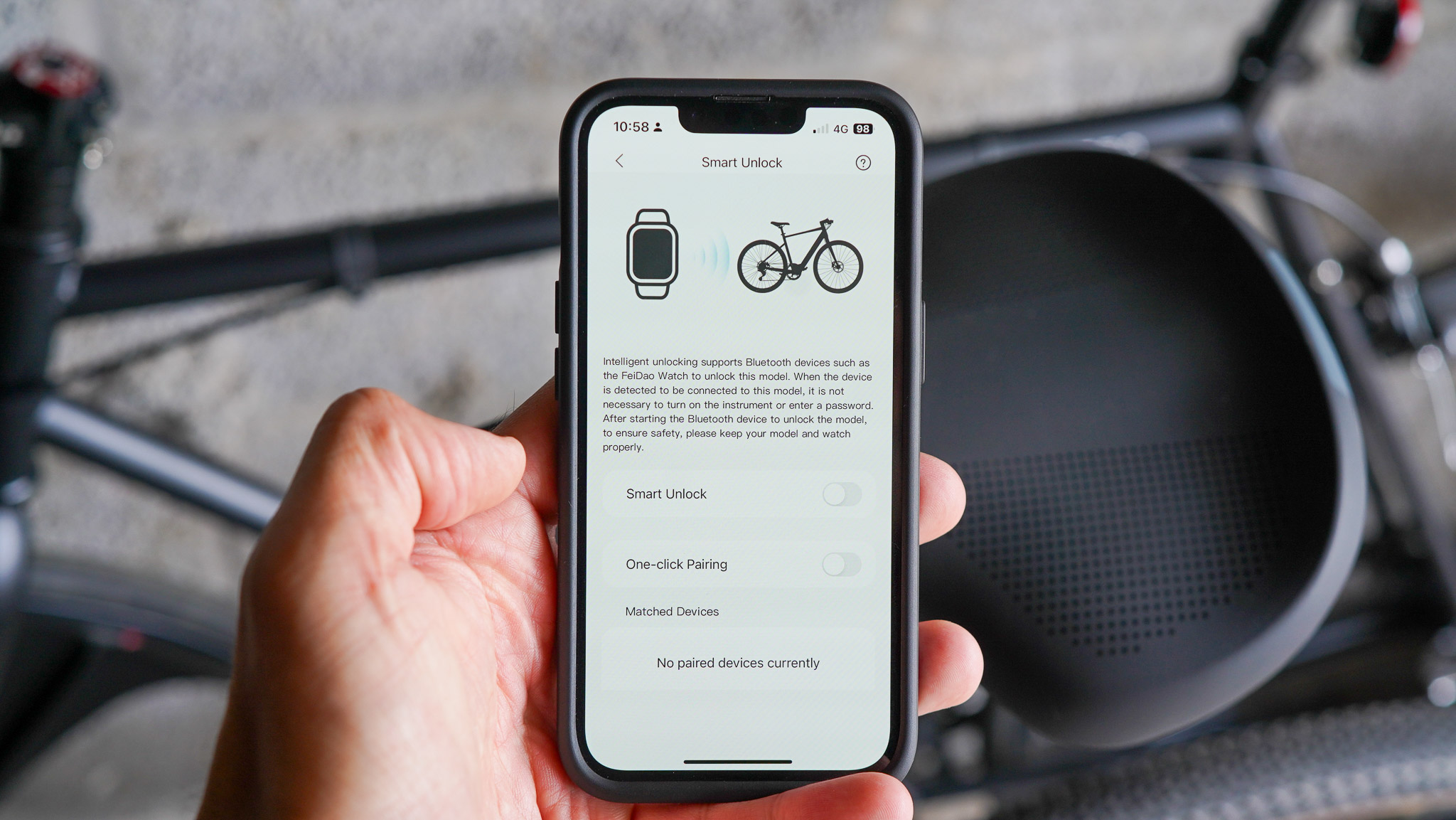
One of the standout features of the Fiido C21 is its smartwatch and app connectivity. Certain functionalities, such as Proximity Unlock—which automatically unlocks the bike when you approach it—are exclusive to the Fiido smartwatch (which I did not have access to for this review). However, other features can be conveniently managed through the app.
The app itself is user-friendly and intuitive. It allows you to track your overall mileage, start rides, and even share your ride data with other Fiido users within the app. Additionally, the app enables you to locate the bike using its built-in GPS and control the lights remotely. While Proximity Unlock requires the smartwatch, the app still provides the option to manually lock and unlock the bike, ensuring you have control even without the smartwatch.
Performance
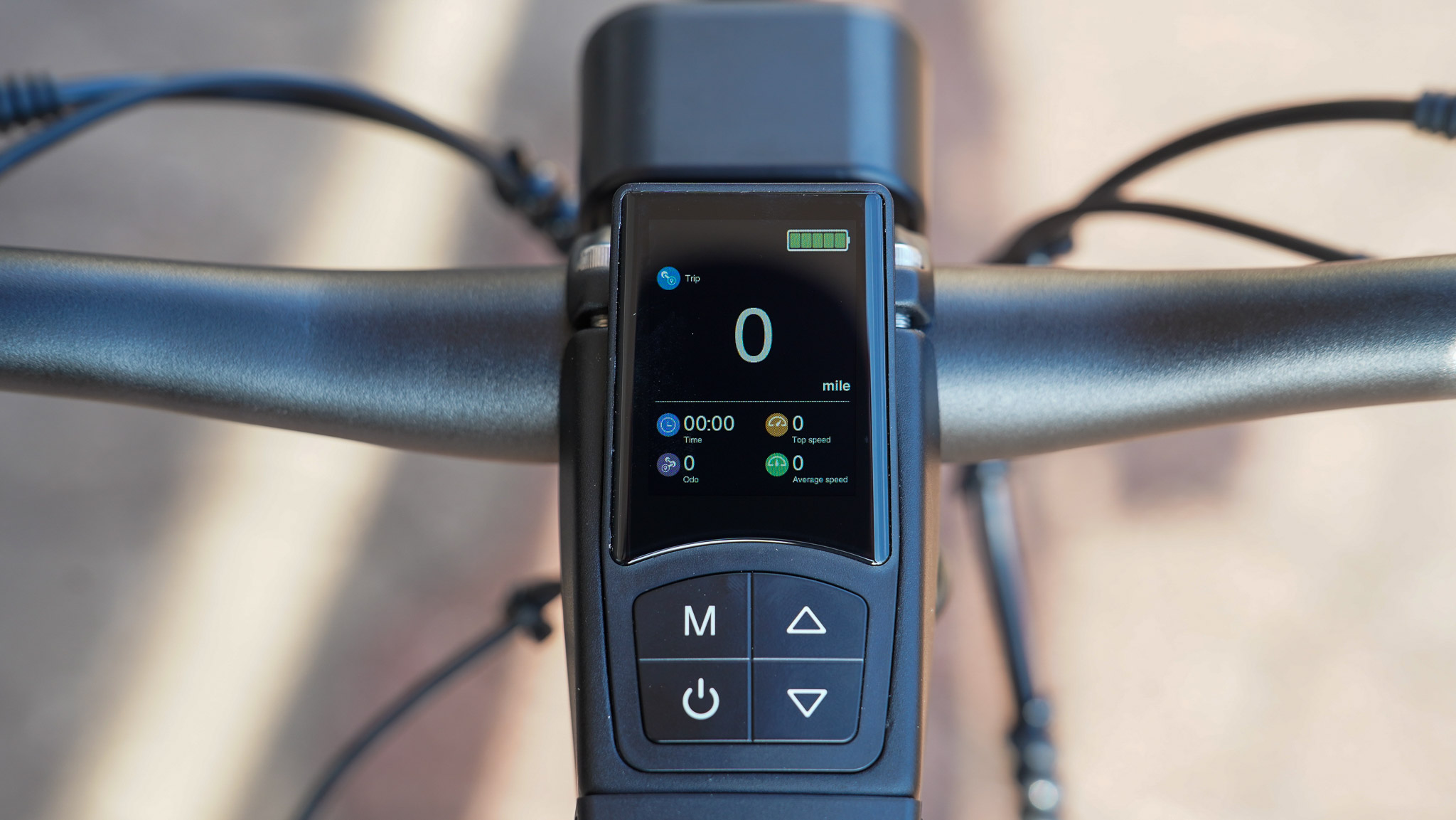
I've logged approximately 100 kilometres (around 60 miles) on the Fiido C21 so far, a distance easily tracked through the app. I was particularly impressed by how lightweight the bike feels, which gives it the handling characteristics of a standard gravel bike.
In fact, on one occasion, I forgot to charge the battery before a longer ride and ended up pedalling most of the way without any assist. The experience was akin to riding a regular bike, which was surprisingly refreshing.
However, the bike isn't without its drawbacks. For instance, the hard plastic crank arms tend to creak noticeably under pressure, and the brake levers feel less robust. These are minor compromises that are not unexpected for an electric bike in this price range.
Another point worth mentioning is the lack of detailed information about the different assist modes. The bike offers five modes, but aside from the fact that each mode increases power output, there’s no clear indication of how much power the motor is actually delivering. This is a far cry from the sophisticated assist modes found on models like DJI's Amflow PL Pro, though that bike would likely cost at least three times as much as the C21.
Fiido’s C21 is better suited for casual off-road rides than for serious gravel biking, but it offers plenty of fun for those occasional adventures.
Who’s the Fiido C21 for?
I would recommend the Fiido C21 to cash-strapped riders who need a bike for commuting and some off-road/gravel sessions and don’t mind that their bicycle isn’t the most cutting-edge product on the market. Uni students and younger folks come to mind, although I wouldn’t say the Fiido C21 is for youngsters only. Millennials would probably find the bike just as fun to ride.
Should you buy the Fiido C21?
Absolutely, you should consider it. The Fiido C21 is an affordable electric bike packed with useful features and a respectable range, making it an excellent option for anyone in the market for an e-bike under $2,000/£2,000. While it has its imperfections, the value it offers at this price point is truly remarkable.
Verdict

The Fiido C21 is like that scrappy underdog in a bike race – it's not the flashiest, but it sure knows how to keep up. For under $2,000, you get a lightweight e-bike that feels surprisingly close to a traditional ride. Sure, it has its quirks (like cranky crank arms and a horn that sounds like it’s auditioning for a police drama), but with solid features and decent range, it’s a steal for budget-conscious riders. Perfect for students or anyone looking to zip around town without burning a hole in their wallet – or making a scene.

Matt Kollat is a journalist and content creator who works for T3.com and its magazine counterpart as an Active Editor. His areas of expertise include wearables, drones, fitness equipment, nutrition and outdoor gear. He joined T3 in 2019. His byline appears in several publications, including Techradar and Fit&Well, and more. Matt also collaborated with other content creators (e.g. Garage Gym Reviews) and judged many awards, such as the European Specialist Sports Nutrition Alliance's ESSNawards. When he isn't working out, running or cycling, you'll find him roaming the countryside and trying out new podcasting and content creation equipment.